Following the recent rainfall, more water has entered the reservoirs of dams in Khuzestan Province, but about 85% of their capacity remain empty.
According to reports, during Jan. 10-16, 622 million cubic meters of water entered the province's dams, of which 569 mcm have been stored, ILNA reported.
Since the beginning of the current water year (started Sept. 23, 2021), only 15% of the capacity of the dams in the southwestern province have been filled and close to 2 billion cubic meters are stored in the reservoirs.
The reduction in the level of water in dams has stopped hydropower generation in the province.
Karkheh hydroelectric power plant has gone off the grid as a result of the water shortage. The dam, which overflowed two years ago due to torrential and unprecedented rainfall, is now half empty and has difficulty supplying water not only for drinking but also for power generation.
Other hydroelectric power plants, including Karoun 1, Karoun 3, Karoun 4 and Masjed Soleyman, have already gone off the grid because of water scarcity.
The decline in precipitation in the previous water year (ended Sept. 22) has worsened the drought facing the country for years, which consequently caused water stress.
According to provincial authorities, around 700 small towns and villages in the oil-rich region have difficulty accessing water supply.
Iran is located in an arid and semi-arid region. Close to 210 urban and rural areas were on the verge of water tension in the summer.
The Energy Ministry’s data show that close to 30 million people are struggling with varying degrees of water scarcity and related challenges that have only deteriorated.
According to water authorities, potable water was supplied by tankers in recent months.
You are here
January 23, 2022 18:38
0
Khuzestan Dams Only 15% Full
You can also read ...
Subscribe to our daily newsletter.
More from DEN Media Group:
© Financial Tribune Daily and Contributors 2014-2018



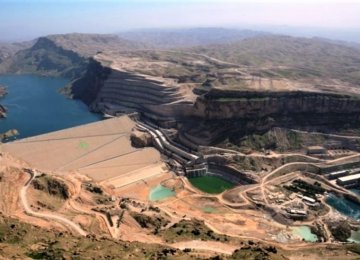
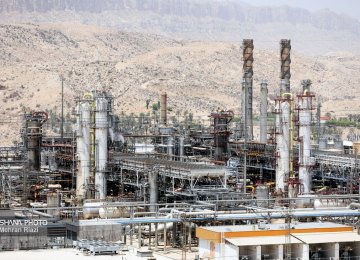

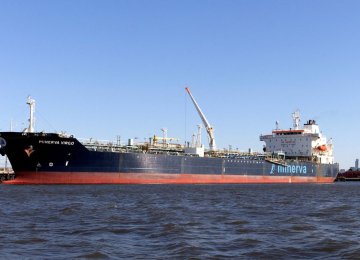
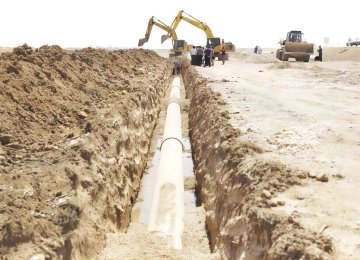
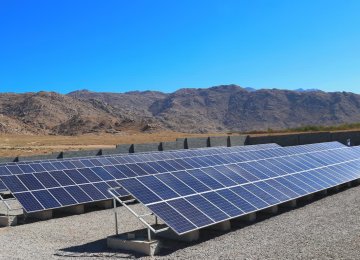


Add new comment
Read our comment policy before posting your viewpoints